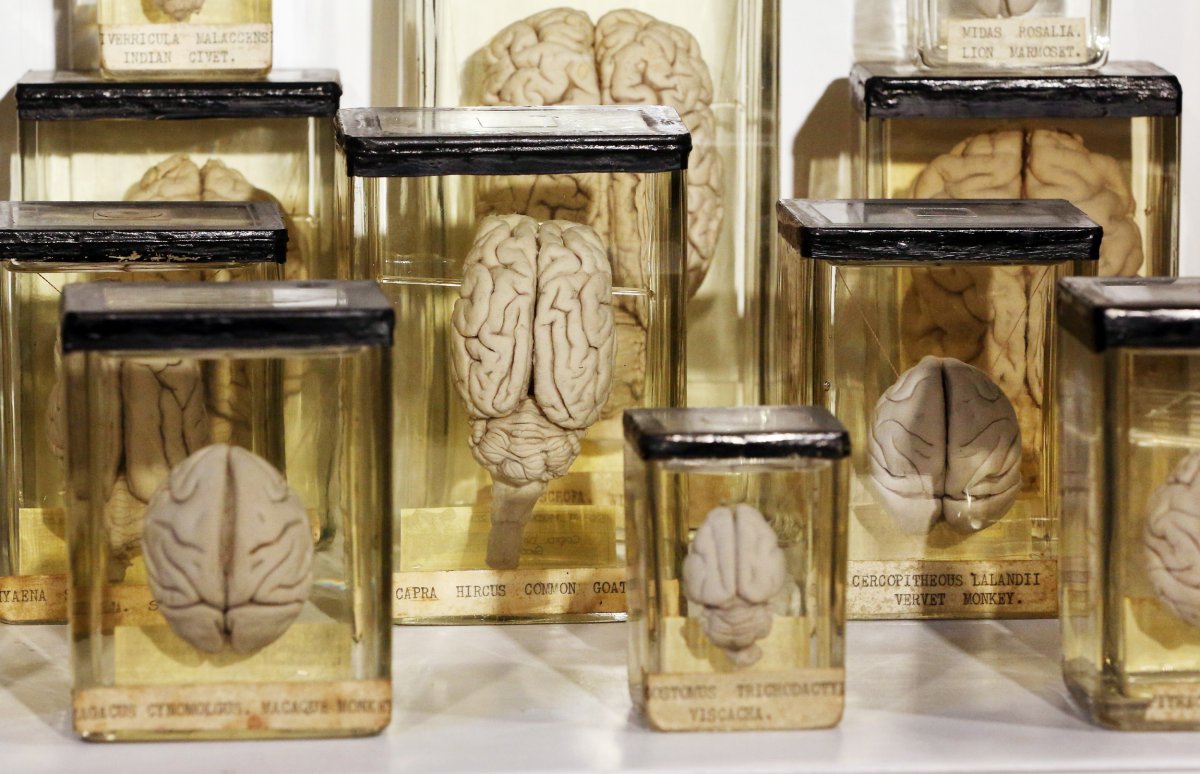A new technique that keeps brain tissue alive and functioning for close to a month has been described in a proof-of-concept design experiment using mouse tissue, published in Analytical Sciences on Tuesday.
The method developed by researchers at the RIKEN Center for Biosystems Dynamics Research in Japan uses a microfluidic device to stop the tissue from drying out or drowning in fluid.
From a practical standpoint, if replicated, it could be a boon for scientists working in pharmacology as it extends the amount of time different drugs' and drug combinations' effects can be tested on the tissue—thus aiding drug discovery. In the longer-term, it may also prove to be beneficial to the study of organ growth.
"This method can be used for more than explanted tissues from animals," lead author Nobutoshi Ota said in a statement. "It will also improve research into organogenesis through long-term

Traditionally, it has been tricky to keep tissue alive for longer than a handful of days. Scientists are in a catch-22—the tissue will rapidly dry out and die if not stored in a nutrient-rich wet culture medium. Yet, putting the tissue in fluid can cause damage by preventing gas from transferring between them.
The new technique sidesteps this dilemma with a device containing a semi-permeable channel covered by an artificial membrane and walls made of polydimethylsiloxane (PDMS), a chemical frequently used as an anti-foaming agent in over-the-counter medications.
This means the tissue does not have to be kept in a constant state of immersement but can reap the benefits of the nutrient-rich wet culture medium as it circulates the semi-permeable channel and passes through the artificial membrane without disrupting gas exchange.
While researchers say the new method is simpler than alternatives, adjusting the flow to the optimal setting did prove to be a challenge to start with.
"Controlling the medium flow was difficult because the microchannel that formed between the PDMS walls and the porous membrane was unusual," said Ota. "However, we had success after trial and error modifications to the porous membrane and adjustments of the inlet/outlet flow rates."
When the flow had been corrected, the researchers tested the device with tissue from parts of the mouse brain responsible for regulating the circadian rhythm, the suprachiasmatic nucleus.
The mice used in this instance had been modified so that circadian rhythm activity was connected to the production of a fluorescent protein—a tweak that enabled the researchers to track tissue viability via the amount of bioluminescence produced.
The results of the study suggest the tissues can remain alive and viable for 25 days plus, maintaining circadian activity throughout. On day 25, they had maintained approximately 97 percent of the original activity, said Ota. In conventional culture, by contrast, neural activity decreased by 6 percent after 10 hours, they report.
"Observation becomes harder with weaker signals," Ota told Newsweek. "For 50 percent drop of signals, a conventional culture took only 4 to 5 days while our culture was estimated to last much longer, more than 100 days."
The team has now set their sights on longer-term experiments that adopt the technique to watch blood vessel formation and cell movement during organoid development.
The article has been updated to include a quote from Nobutoshi Ota.
Uncommon Knowledge
Newsweek is committed to challenging conventional wisdom and finding connections in the search for common ground.
Newsweek is committed to challenging conventional wisdom and finding connections in the search for common ground.
About the writer
To read how Newsweek uses AI as a newsroom tool, Click here.








